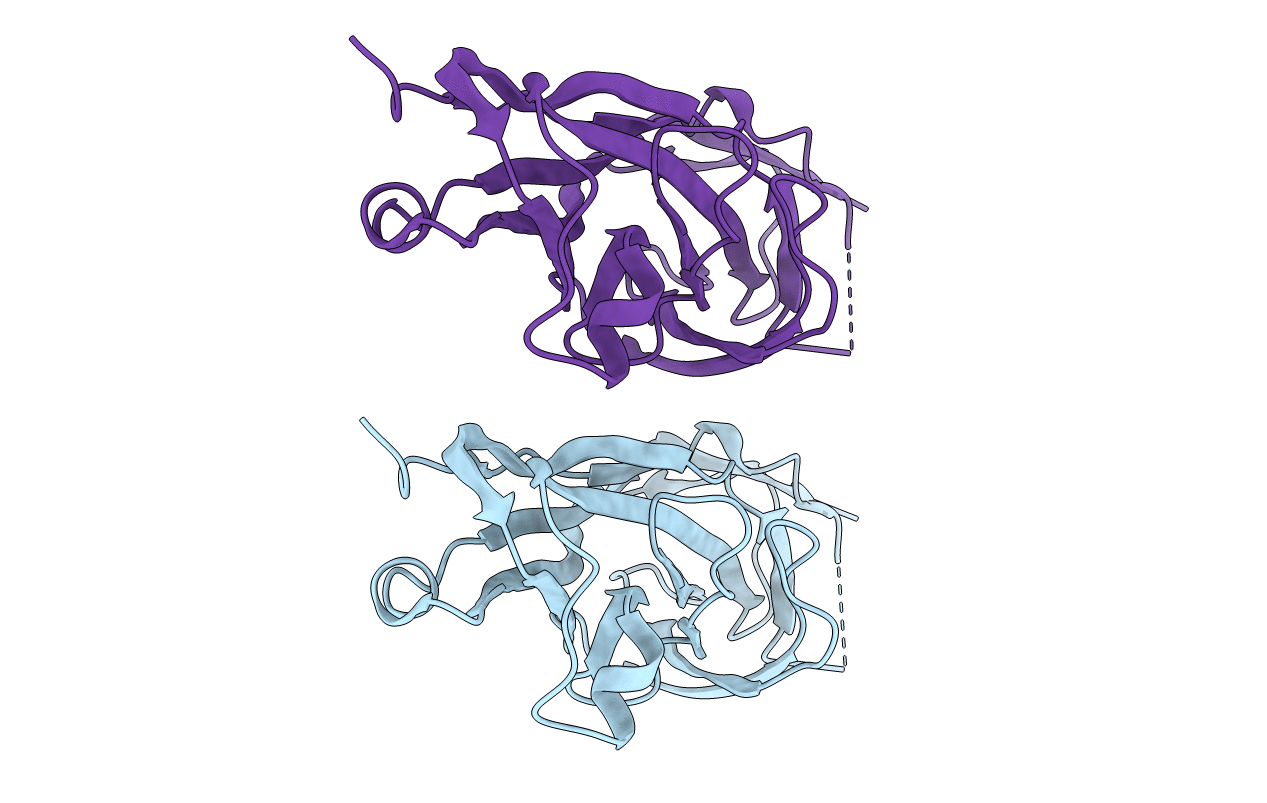
Deposition Date
2017-05-08
Release Date
2017-05-24
Last Version Date
2024-10-09
Entry Detail
PDB ID:
5VQ5
Keywords:
Title:
Crystal Structure of the Lectin Domain From the F17-like Adhesin, UclD
Biological Source:
Source Organism:
Escherichia coli (Taxon ID: 562)
Host Organism:
Method Details:
Experimental Method:
Resolution:
1.60 Å
R-Value Free:
0.21
R-Value Work:
0.17
R-Value Observed:
0.17
Space Group:
P 21 21 21


